You Have Permission to Get Creative and Adapt The Tools
by Hana Michels
A client once came to me frustrated that he couldn’t see his Shadow. I mean, literally see it. He told me he must be “doing it wrong.”
I asked him to go through a Shadow Work exercise again and asked, “Does it feel any different? Do you feel a presence?”
Yes, he said, he did.
“I have some bad news,” I told him, “You’re not doing it wrong.”
As a life coach trained in helping clients use The Tools, I don’t care if your Shadow looks like a disgruntled poodle, or a dumpster in a tutu. I don’t care if your Shadow conjures up an image at all. I don’t even care if it has a smell.
“If you think of your Shadow as a part of yourself you’ve been suppressing for a long-ass time, it makes sense that it might not trust you or want to be spoken to instead of heard.”
—HANNA MICHELS
My clients sometimes encounter pitfalls when they first try to use The Tools, often because they’re being too literal or need help personalizing The Tools for themselves. The books use examples to demonstrate usage of The Tools but they’re just that, examples. You may need to change them up a bit for your own use.
This was the case for my client. We had to mold his Shadow Work practice in order to fit his actual Shadow. He had to sit with his Shadow—just sit with it—for a long time before being able to sense any communication from it. And he had to sit with this imageless Shadow even longer before attempting to communicate anything himself.
If you think of your Shadow as a part of yourself you’ve been suppressing for a long-ass time, it makes sense that it might not trust you or want to be spoken to instead of heard. Your Shadow may not even trust you to hear it at first. Lots of people’s Shadows are akin to the world’s shittiest teens (maybe because it’s such an embarrassing time to look back on). Shitty teens don’t want to be talked at, or sometimes, even speak themselves. They just need someone to sit and be with them in their shitty teen pain.
I’ve had other clients with issues of literalism. People with chronic pain who don’t want to even think “bring on the pain!” (like in the Reversal of Desire Tool) because even thinking the word “pain” will call attention to their physical pain. It’s ok to replace a word or two. Or more!
TRIAL AND ERROR
Remember, Barry and Phil developed The Tools through a lot of trial and error. It’d make perfect sense that this trial and error wouldn’t end with the book’s publication. (And wow, it feels weird to call my dad “Barry.”)
Sometimes you may need to change more than just language in order to practice a Tool. People (myself included) who can’t use Active Love towards those who have caused them trauma may find solace in redirecting the love towards themselves and/or any loved ones who have been supportive. And if you do have trauma, it’s helpful to acknowledge it’s normal to fall back into what Phil and Barry call “the maze” regularly, maybe for the rest of your life. There is still progress in lessening the frequency and intensity of falling into this state.
Most importantly, you don’t have to think of adapting these methods to suit your needs as failing to work The Tools properly. They’re called “The Tools” because tools are uniquely built to fit and fix different things. They’re highly specialized. I think. I’m pretty sure my dad has never picked up a tool in his life. He’s impressed when I build IKEA furniture. One time, I had to help him assemble a cardboard box.
But you know what I mean. Adapt that shit! Make it your own! As Barry and Phil have said over and over again, the hard part isn’t using The Tools. The hard part is using them consistently. If you’re struggling to use The Tools consistently, perhaps you need to modify them a little.
If you’re having trouble modifying a Tool, think about which aspect of the Tool you’re stuck on, your goal in using it, and go from there. And please, please be kind to yourself. Progress is not linear. Trial and error are integral to progress. You’ve got this!
Hana Michels is a writer, comedian, and life coach with certification from the Wainwright Global Coaching Institute. She has also been trained in coaching and creative consultation techniques by Barry Michels, whom she can’t pretend is not her father because they share a last name. Learn more at Spark Creative Coaching.









